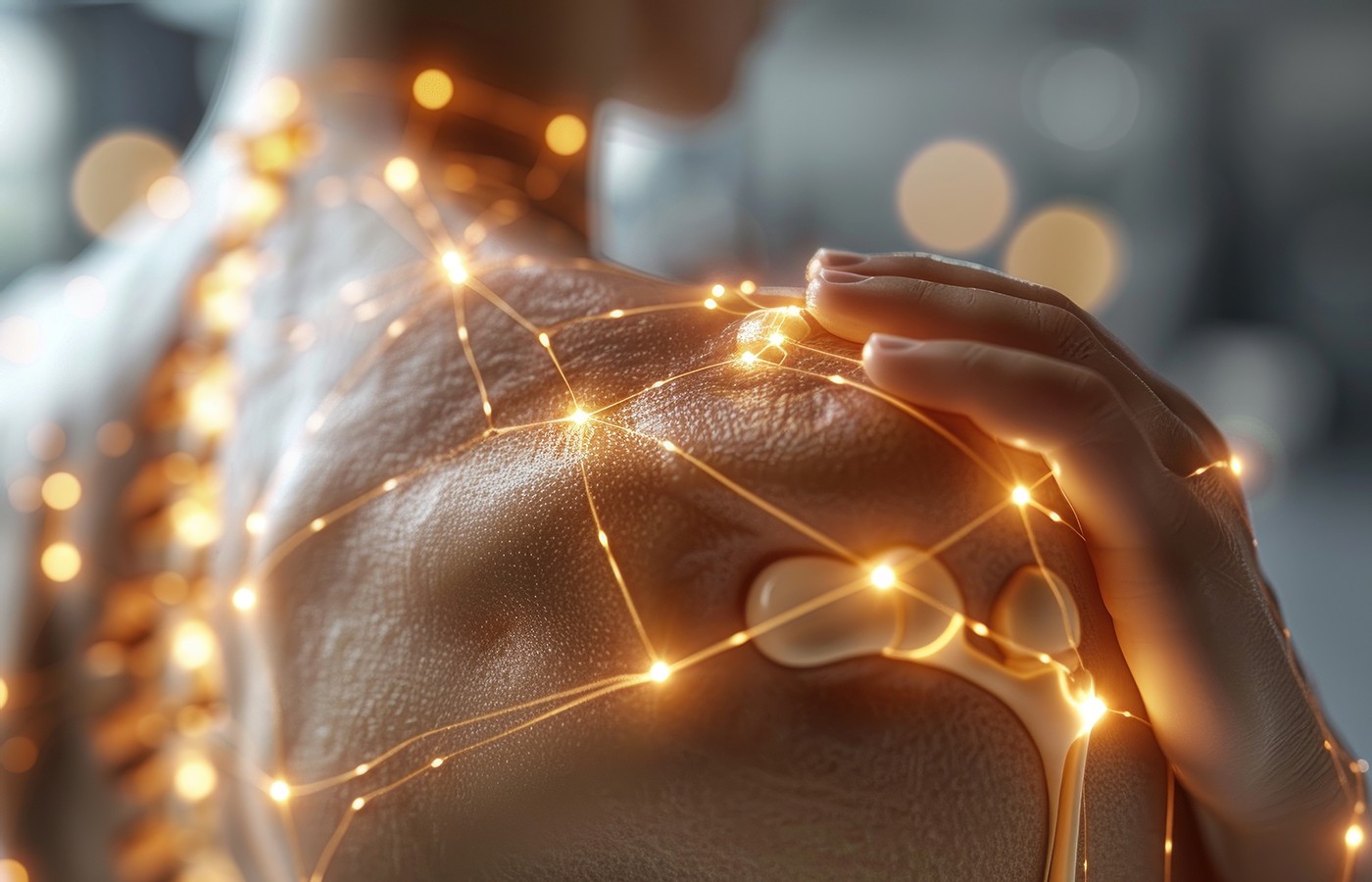You became a chiropractor to serve people, not an insurance company. You deserve to run a business that aligns with your values, supports your family and lights you up. Cash-based care isn’t just a pricing model – it’s a philosophy rooted in freedom, trust and respect for your patients and for yourself. Here's why - and how - to do it.
The Powerful Chiropractic Touch
A recent systematic review and multilevel meta-analysis looked at the power of touch to improve physical and mental health. The study included 137 studies in the meta-analysis and 75 additional studies in the systematic review. 1
The investigators examined the impact of touch on both adults and infants. Children and adults experienced much the same benefits. For adults, the study included 85 studies and 103 cohorts, with touch groups and control groups for comparison.
According to the paper, “Specific health outcomes with sufficient power in more detail in adults revealed smaller benefits to sleep and heart rate parameters, moderate benefits to positive and negative affect, diastolic blood and systolic blood pressure, mobility and reductions of the stress hormone cortisol and larger benefits to trait and state anxiety, depression, fatigue and pain. Post hoc tests revealed stronger benefits for pain, state anxiety, depression and trait anxiety compared with respiratory, sleep and heart rate parameters.”
According to the study, there are several variables when it comes to touch:
Healthy vs. Clinical Patients – All patients experienced positive mental and physical health benefits for most clinical conditions, but those with mental health conditions enjoyed higher benefits from human touch.
Familiar vs. Unfamiliar Touchers – Touching by partners, family members and friends was equal in impact on health to touching by health care providers (and other “unfamiliar” people). This is significant in that your touch has the same benefit as a touch by a loved one.
How Often and How Long – The median touch duration for the studies included was 20-minute sessions occurring an average of 2.3 days apart, with adults benefiting from more touch sessions. This is particularly true for patients with anxiety, depression and pain.
Where and How – Touching the head was optimum for physical health benefits, with unidirectional (as opposed to bidirectional) touches yielding greater benefits, particularly mental health benefits.
Human vs. Robot Touch – Both human and object (robot) touch produced similar physical benefits, but human touch produced greater mental health benefits.
The authors concluded “We show clear evidence that touch interventions are beneficial across a large number of both physical and mental health outcomes, for both healthy and clinical cohorts, and for all ages. These benefits, while influenced in their magnitude by study cohorts and intervention characteristics, were robustly present, promoting the conclusion that touch interventions can be systematically employed across the population to preserve and improve our health.” (Emphasis added)
This information provides context on how you can better care for your patients through the power of chiropractic touch. It also reinforces the impact you have on patients under your care, as opposed to those whose medical appointments are sterile inquiries in an effort to ascertain the most appropriate prescriptions. These data further demonstrate that the chiropractic adjustment is more than just mechanical in nature.
Reference
- Packheiser J, Hartmann H, Fredriksen K, et al. A systematic review and multivariate meta-analysis of the physical and mental health benefits of touch interventions. Nat Hum Behav, 2024 (open access).



